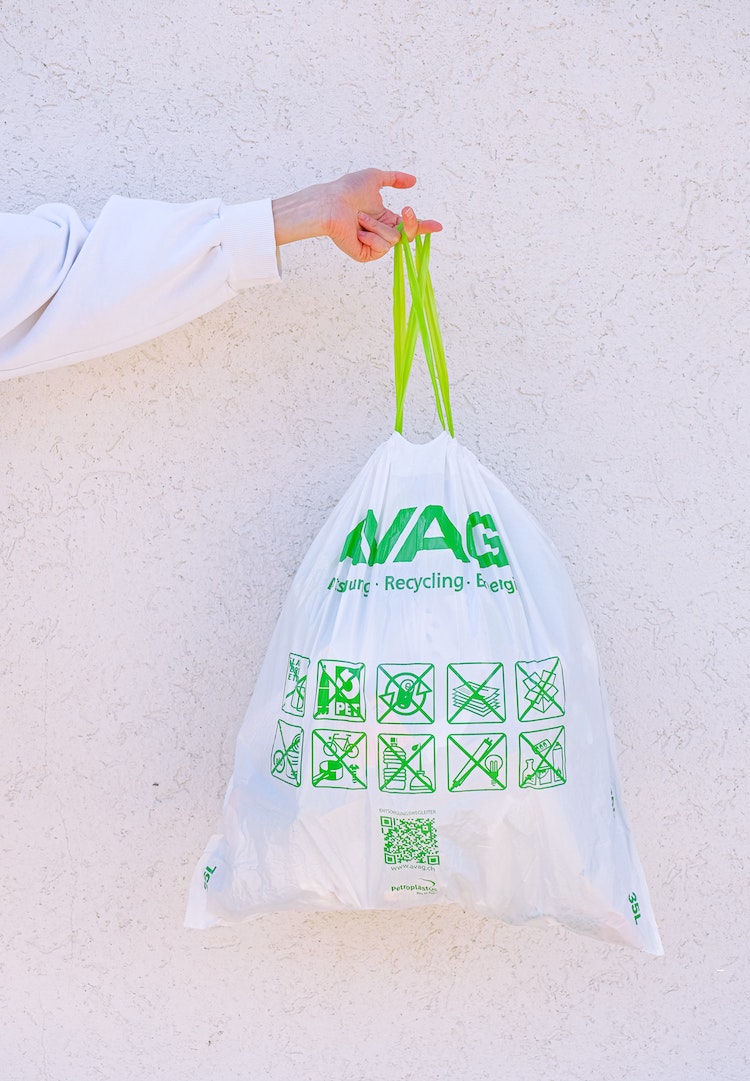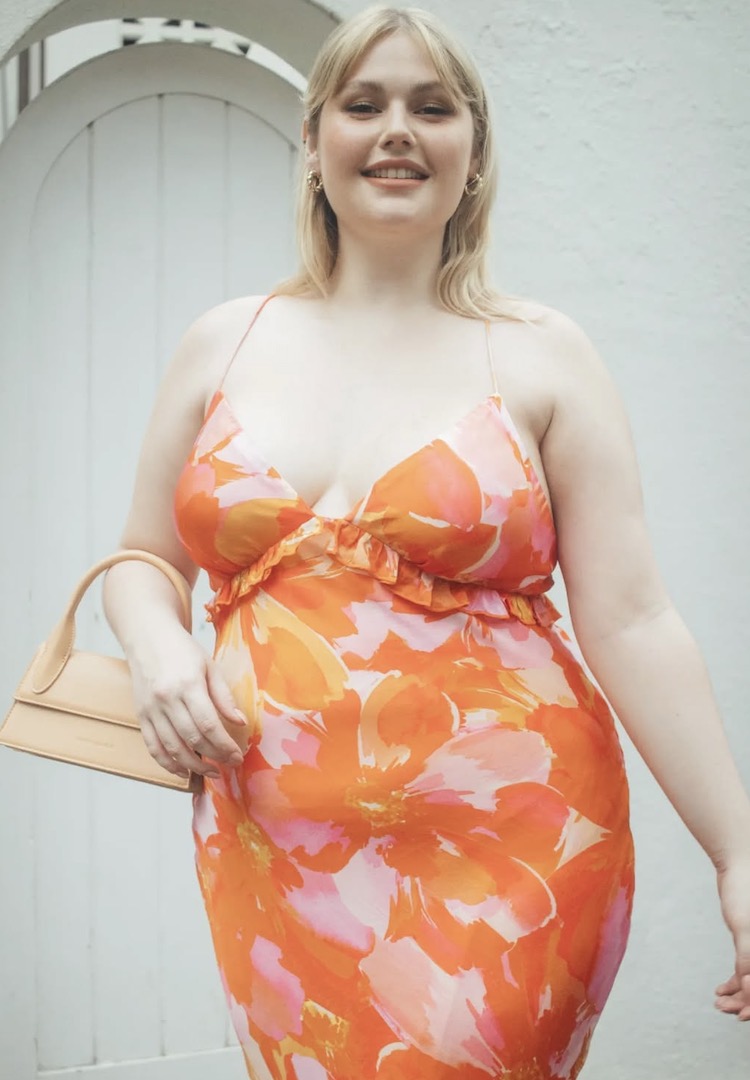Australians buy 56 new pieces of clothing per year, new report finds
WORDS BY CAIT EMMA BURKE
It’s time to buy less (way, way less).
We all know that we’re buying too many clothes, but a report released today by the Australian Fashion Council (AFC) has shone a light on the sheer volume of new clothing Australians are buying each year.
As part of the first stage of the government-funded National Clothing Product Stewardship Scheme (NCPSS), the AFC has launched a Clothing Data Report and Global Scan Report.
For more fashion news, shoots, articles and features, head to our Fashion section.
Led by Peter Allan of Sustainable Resource Use, the Clothing Data Report reveals that Australia currently imports 1.42 billion units of clothing per year which equates to 373,000 tonnes, forming the majority of what Australians wear.
Meanwhile, local clothing production sits at 0.03 per cent of this amount, with 38,000,000 units of clothing, or 10,000 tonnes, produced annually. Currently, Australians are some of the highest consumers of clothing worldwide, with the average person purchasing 14.8kg, or 56 items of new clothing, per year.
That is a pretty distressing statistic, especially when you consider that 62 per cent of the clothing made globally is now comprised of synthetic fibres, which take a long time to decompose and pose a significant risk to our environment.
On a positive note, the report also highlighted the importance of the charity sector and social economy in supporting Australia’s circular economy. Australian charities receive an estimated 190,000 tonnes of clothing per year, which is one of the highest rates in developed countries. There is a further 20,000 tonnes that it’s estimated Australians reuse through family hand-me-downs and online sales platforms, like Depop and eBay.
Omer Soker, the CEO of Charitable Recycling Australia, explains that “Australia’s reuse charities are already the biggest network diverting clothing from landfill and currently extend the life of $527 million worth of preloved clothes. With data and evidence-informed reuse interventions, the NCPSS can further encourage consumers to donate and reuse clothing, and provide automated sorting and disassembly infrastructure needed to scale domestic onshore solutions, with better tracking and accreditation for clothing reuse overseas.”
On a consumer level, the key takeaways are clear: buy fewer items of clothing, when you do purchase clothing chose to support local, slow fashion designers where possible, get the most out of the clothing you currently own by rewearing, repairing and repurposing it, and stimulate the circular economy by selling and purchasing from resale sites, op shops and consignment stores.
You can read the report in full here.













